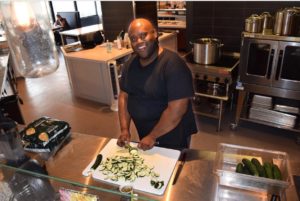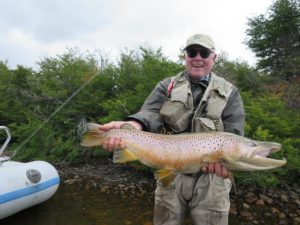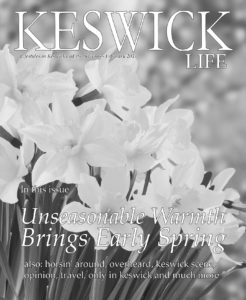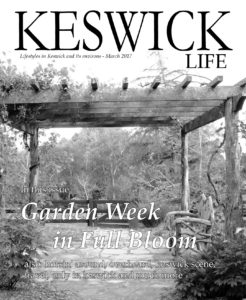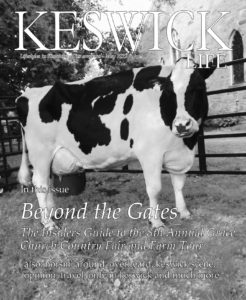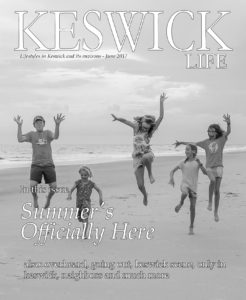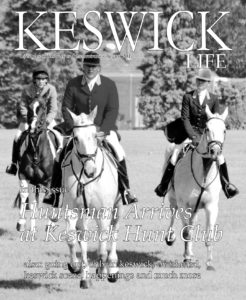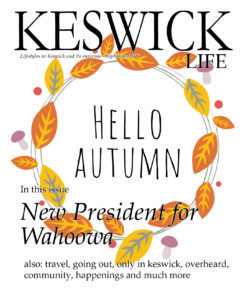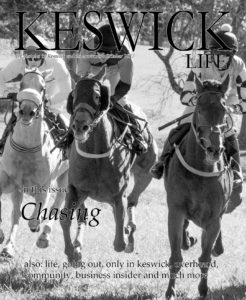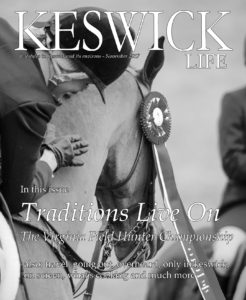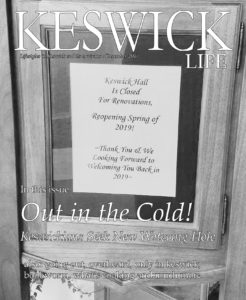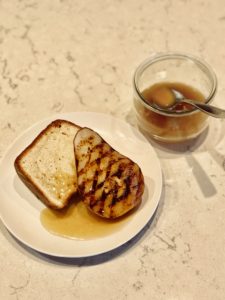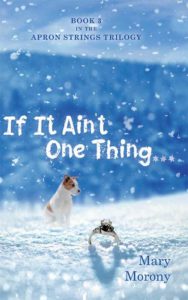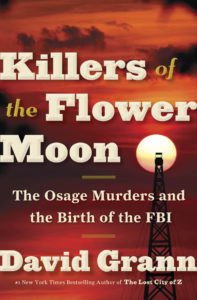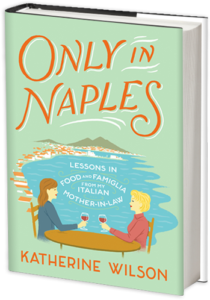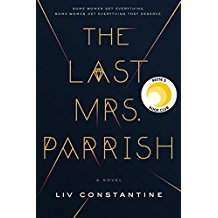As a society, we take offense more often than we once did. One of the few advantages I have discovered from being old is that you notice important stuff like this. Not to say that you can do much about it other than taking note. I don’t know why we are all so thin-skinned, but it seems easier these days to be mad, injured, misunderstood or downright pissed than to talk.
Maybe the multiplicity of personal breaches correlates to the impersonal nature of texting or social media. Heck, I have friends on Facebook I wouldn’t know if I drove over them. From my perspective, chatting via text, if you can call it that, is a set up for misunderstanding. With the nuance of body language absent, how do you know what someone means? Unspoken clues in a conversation can make a huge difference in understanding and can help to avoid hurt feelings.
When I hold our collected foibles up for scrutiny in this column, it may feel as if I am pointing my wizened finger at offenders in judgment as I stand above the fray. For a refreshing change, today I am tearing a page from my own sordid playbook for my object lesson du mois. Prior to a recent book event, the shop’s proprietor emailed me the following: “In reading the book, I noticed that the black character is written in a dialect. I want to ask if you would not read that section as part of your book talk. If we had black members of the audience, I am concerned that they would feel uncomfortable in the shop. I think the conversation about whites writing black dialect has changed a lot in the past few years. Please read from another section.”
At first, I must admit the missive put me off, one might even say offended me. Ashamed as I am to admit, I found myself verging on shooting the messenger. Forgive this next mixed metaphor, I applied the brakes only moments before I could brush my hands together smug in my own offended sensibilities. A small voice at the back of my mind shouted, “Why?”
Why, indeed. My host could not have been more within the bounds of propriety to ask me not to offend the shop’s clientele. Not ready to let go of my indignation, however, my next move was to go to The Oracle (Google). I typed in the question how, indeed, had the conversation changed over the years in regards to whites writing black dialect and waited to see the changes. Again the wee voice shrieked, “Why?” Was I waiting for the Oracle to speak because I wanted the answer? Of course not! My mind, once offended, did not plan to stop until a meal was served in the form of some sort of crow and consumed by the other party involved.
My overwrought reaction was to a perceived reprimand. I was asked not to make a customer uncomfortable. Well, (hear the outrage with hand squarely on hips) no well-brought up Southerner would dream of making anyone feel uncomfortable. I embarrass myself at times at how deluded I can be. Once I scraped away all of my knee-jerk needs to exact revenge, I had to appreciate the deluge of irony.
When I stopped reacting and feeding my bruised ego, I realized if I didn’t want to offend anyone in the bookstore, I would not be able to read a word from my latest novel, or any of my novels for that matter. Everything I write about is designed to offend—alcoholism, drug addiction, family dysfunction, racism, rape, sexual abuse, incest, just to fit on a few, all taboo subjects. The great preponderance of readers would find something offensive in my subject matter. So why do I, a self proclaimed good little southern girl, choose such inflammatory subjects you might ask? To start a conversation, about taboo, about how easy it is to take offense and how difficult it is to move beyond a perceived attack. I stand before you hoisted on my own petard, writing about offensive things and getting caught up in peevish details. What a gift! Taking offense is a choice. One we all tend to forget and in the process give our power away.
These days, folks, me included choose injury over a conversation. Using their pet peeves, region, political ideology, patterns of speech, education, you name it as a barrier to honest discourse. We aren’t meant to agree. What would be the point of different points of view? Communication is the exchanging of thoughts and ideas not browbeating someone into agreement. I don’t know if we have dumbed down because of the ways we relate or we are just lazy? Could our sensitivity be predicated on the need to be right? Could it be that we are too invested in our own worldview and aren’t interested in anyone changing it? To protect ourselves, we retreat to hurt feelings and taking offense. Hubs suggested people are frightened of a more than usual uncertain future. Spoiler alert: the future, no matter the times, is uncertain. That’s a fact of life. I admit I don’t know why we are so prone to put up our metaphorical dukes, however I know for a fact it isn’t helping any of us.
Since I’m no better at jumping to the offensive than anyone else, I can’t offer any pearls of wisdom other than just stop it. Treat the need to defend and entrench like any bad habit. The first and hardest step is to notice it. From there you can enlist all your usual habit breaking aides including laughing at yourself. Taking yourself too seriously is a dangerously slippery incline leading straight to being offended. So quit it! Learn to laugh at yourselves. Honestly, it can’t help but improve your life. Chances are you are every bit as ridiculous as I am.




